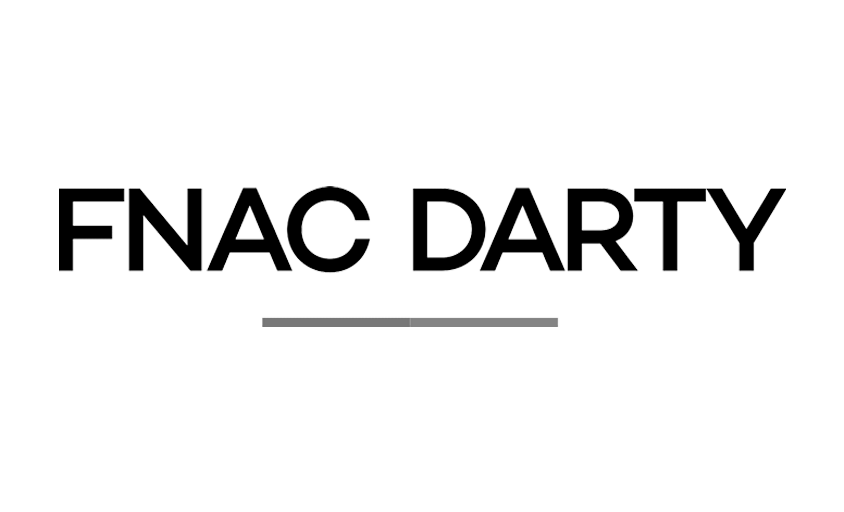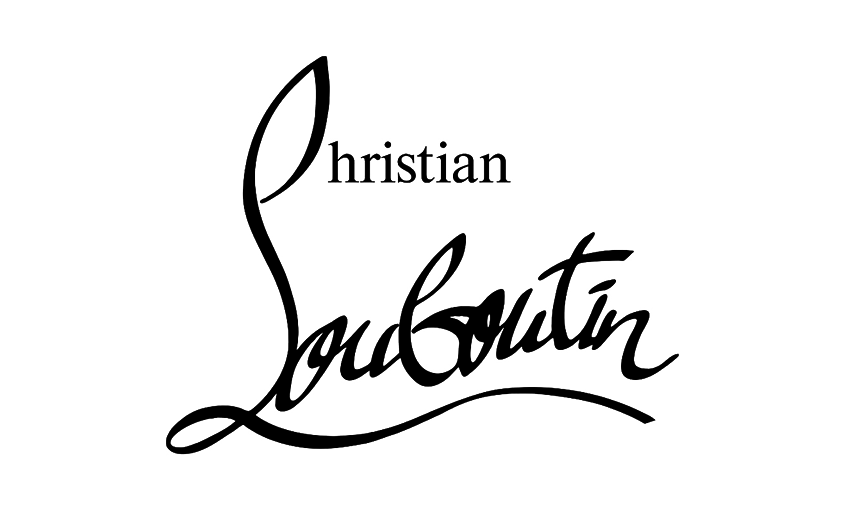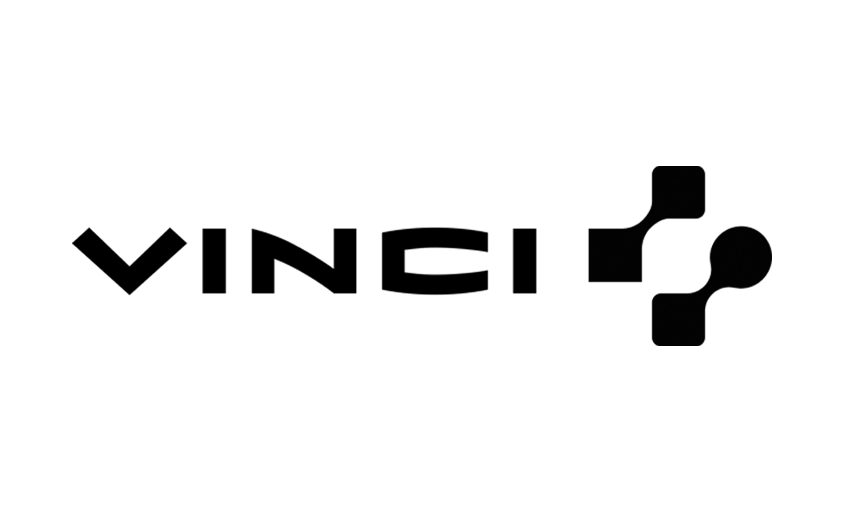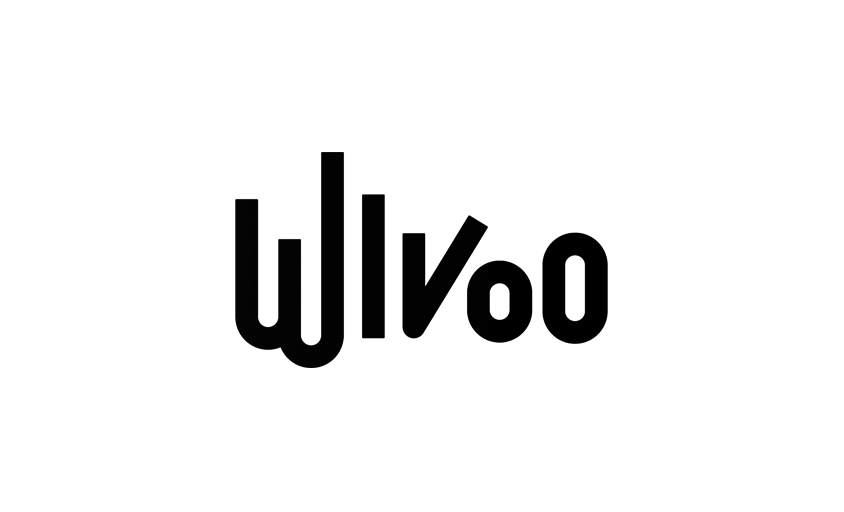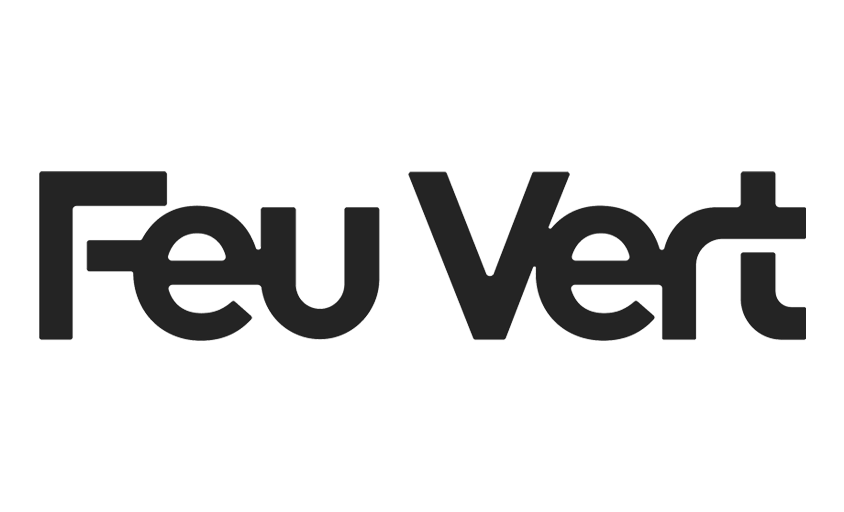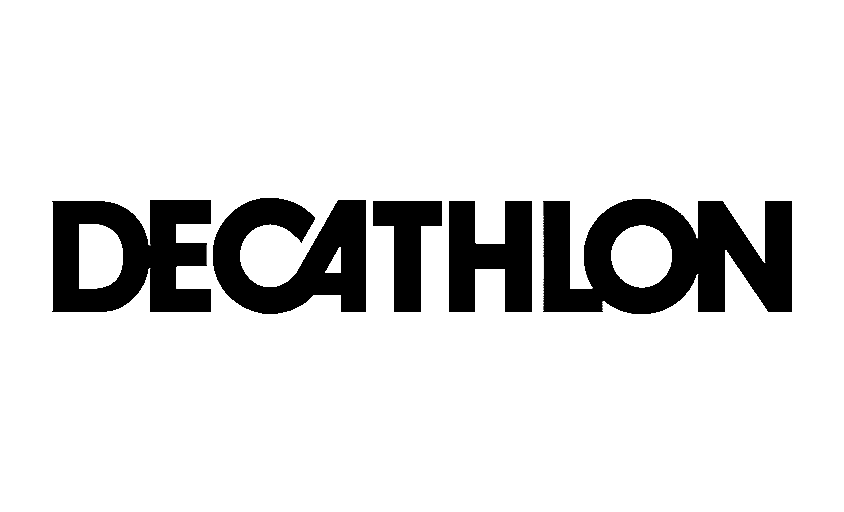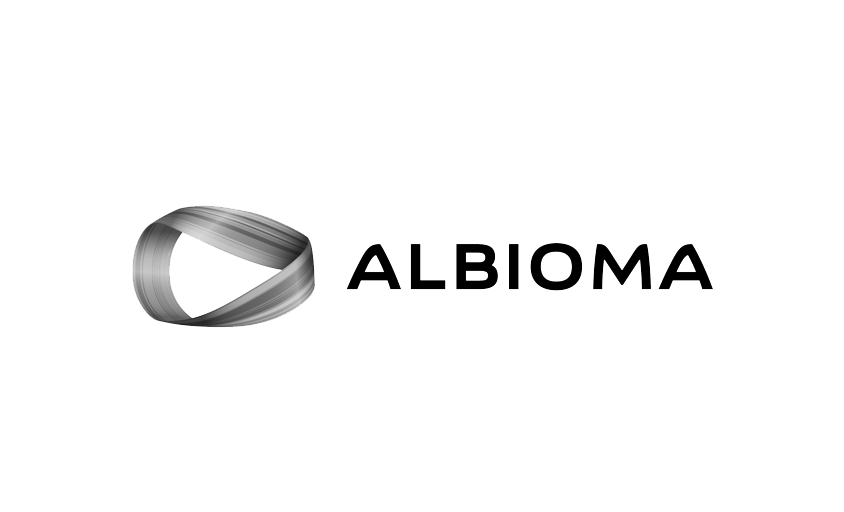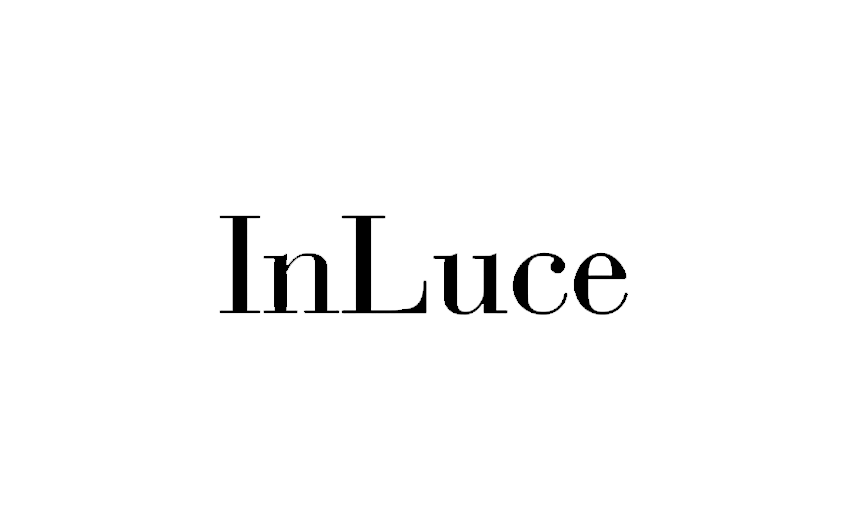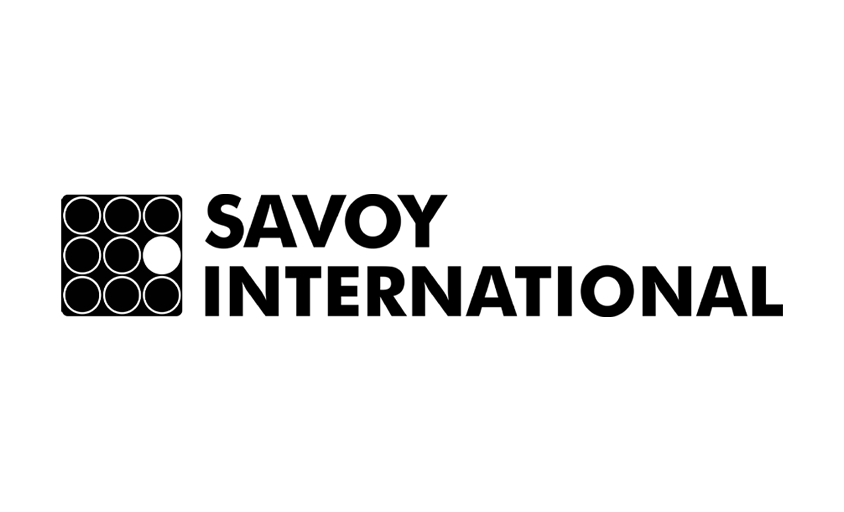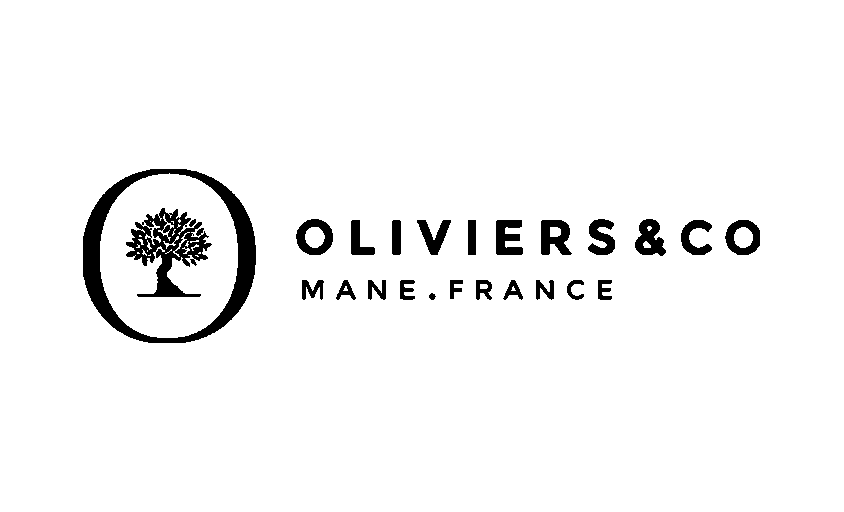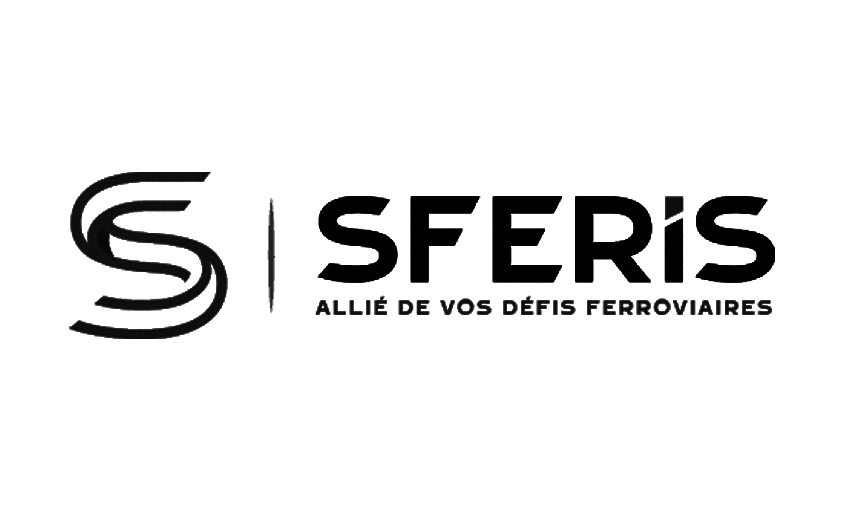The Évin Law on Wine and Spirits Communication
In this article :
The Évin Law, named after Claude Évin, who was Minister of Health when it was enacted in 1991, is a French legislationspecifically designed to govern the advertising and promotion of tobacco and alcohol products.
Before diving into the details, it is important to clarify that at Rétines, we are neither lawyers nor legal experts, we are photographers. Our goal is not to provide a comprehensive legal analysis but rather to share our understanding of the law as it applies to our area of expertise: product photography. As professional photographers, we have extensive experience in the visual staging of wines and spirits, and it is this expertise that we aim to highlight here.
Regarding communication about wine and spirits, this law strictly regulates the conditions under which these products can be presented to the public. The primary objective of this law is to combat excessive alcohol consumption and protect public health, particularly among young people.
This introduction is designed to give you an overview of the law and its impact on the visual communication of wines and spirits, through the lens of our professional experience in product photography.
Fundamental Principles of the Évin Law on Wine and Spirits Communication
Advertising Media Restrictions
The Évin Law restricts the channels through which alcohol advertising can be broadcast. For instance, it is prohibited to promote these products on television and radio at certain times, in publications aimed at young audiences, and on public billboards, except in very specific contexts such as fairs or exhibitions.
Advertising Content
The Évin Law on Wine and Spirits Communication stipulates that advertisements for alcoholic beverages must be limited to presenting objective information about the product: its origin, composition, manufacturing process, and appellations of origin. It is strictly forbidden to associate alcohol consumption with social success, physical performance, or any form of personal achievement.
Health Warnings
All advertisements for alcoholic beverages must include health warnings about the dangers of alcohol consumption. This includes warnings about drinking during pregnancy, driving under the influence, and the risks of alcohol abuse.
Impact on Wine and Spirits Communication
The impact of the Évin Law on product photography for wine and spirits in France is significant, fundamentally changing how these products can be visually presented to the public. Adopted in 1991, the Évin Law on Wine and Spirits Communication aims to limit alcohol advertising to reduce abusive consumption and protect public health. Here are several aspects of its impact on the photography of these products.
Visual Restrictions
The Évin Law imposes restrictions on how alcohol can be visually presented. Photographs of wine and spirits used for advertising must focus on the informative aspects of the product, such as its origin, composition, manufacturing process, and distinctions. It is prohibited to associate alcohol consumption with social success, seduction, athletic achievements, or enhanced physical condition.
Visual Restrictions and Creative Consequences
Under the Évin Law, an advertisement for a prestigious wine cannot, for example, depict an opulent celebration or personal achievement associated with its consumption. Instead, photographers focus on images highlighting the bottle itself, with a special emphasis on the label and bottle design. A good example is a minimalist shot of a Bordeaux bottle against a plain background, where lighting emphasizes the rich color of the wine through the glass.
Product Focus
Consider a photograph for a spirit like Cognac. Rather than showing it in a social setting, photographers can opt for a close-up of a glass of Cognac placed next to the opened bottle on an old wooden table, evoking tradition and authenticity without violating the law. The focus is on the amber hue of the liquid and the light reflections, which speak of quality without words.
Use of Approved Contexts
The law allows products to be presented in specific settings, such as wine fairs. A practical example would be a photograph capturing a winemaker pouring wine during a tasting event, emphasizing the direct interaction between the producer and the consumer, as well as the educational aspect of the tasting, without directly promoting alcohol consumption.
Creativity Born from Constraint
Integrating a health message into an image may seem restrictive, but it can be done elegantly. For instance, a photo of a champagne bottle could include a small card placed next to it, displaying the health message. This approach allows compliance with the law while maintaining the aesthetic quality of the photograph.
Conclusion
In conclusion, our journey through the nuances of the Évin Law and its influence on wine and spirits photography comes to an end.
It is essential to remember that our perspective is that of passionate photographers experienced in the field of alcoholic products, not that of legal experts. Our intention was to share how, as photography professionals, we navigate the regulatory framework imposed by the law to create captivating visuals that respect both the legislation and the spirit of our subjects.
We hope this exploration has provided you with valuable insights into the impact of the Évin Law on alcoholic product photography and how professionals can continue to create visual works that comply with existing regulations.
At Rétines, our passion for wine and spirits photography goes hand in hand with respect for standards and constant innovation.
Jérémy Carlo is the editorial director at Rétines, where he ensures the consistency and clarity of all content produced by the studio.
Our Clients
Let’s discuss
What we do for you at Rétines
Meticulous work, an organised project and fast delivery. And to achieve this, we mobilise the right resources in our teams at the right time.
01
Pre-production
Artistic and technical direction tailored to the project.
Relevant recommendations on content, form and resources.
02
Photo Shooting
Photos taken by our experienced photographers.
Production that’s controlled, efficient and tailored to the needs of the project, with nothing superfluous.
03
Retouching
Technique
Photographs magnified by our retouching team.
Post-production to meet the commercial challenges of the brief.

